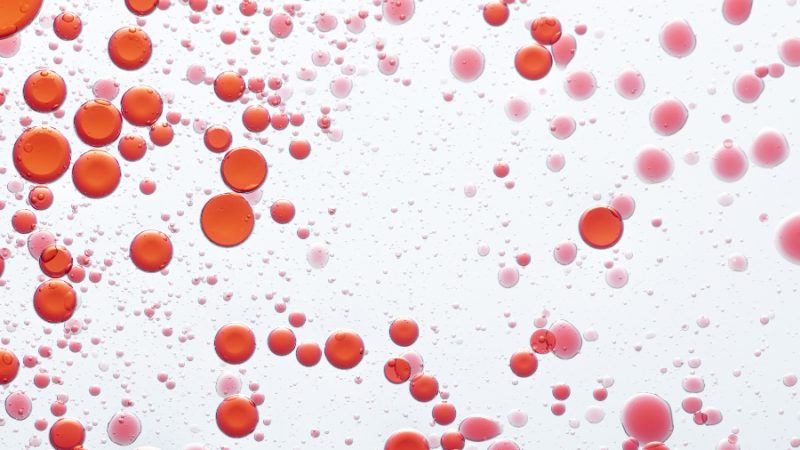Membrane transport proteins play a key role in several metabolic pathways. They transport either actively or passively ions or biomolecules, such as metabolites, across the membranes. The construction of efficient cell factories, to produce valuable metabolites, requires a deeper understanding of transport capabilities. However, to understand these mechanisms, suitable protein production systems and membrane-like environments need to be developed in which full protein functionality is maintained.
A high number of genes in the genome of all species encode membrane proteins. For the microbial production of valuable metabolites, such as organic acids, membrane transport proteins are a highly interesting target. On the one hand, these proteins regulate the uptake of substrates needed to produce metabolites and on the other hand their secretion. In contrast to proteins that are not associated to the membrane, our general knowledge about membrane proteins is limited. One of the main reasons refer to the hydrophobic character of these proteins. This hydrophobicity leads to difficulties when working with membrane proteins, e.g. during the microbial expression, where aggregations in the host can occur. Further, the proteins require a certain hydrophobic environment to be stable and active. Additionally, the different environments in the cellular compartments in terms of substrate concentrations, ions and other macromolecules need to be considered as well. Therefore, the most suitable system would be an accurate model of a cellular membrane in which the proteins are located, including the conditions on the opposite sides of the membrane.
Liposomes as platform to retain the functionality and to simulate specific cellular compartments
To study membrane transport proteins, liposomes are used. They consist of phospholipids, which are the main components of cellular membranes. In aqueous media, phospholipids form vesicles with a hydrophobic phospholipid bilayer that surrounds an aqueous inner compartment. Scientists from the Department of Biotechnology at the University of Natural Resources and Life Science (BOKU) and the Austrian Centre of Industrial Biotechnology (acib) developed transport activity assays including fully functional membrane proteins, which are already incorporated into such vesicles. These assemblies, so-called proteoliposomes, enable the simulation of distinct cellular compartments in vitro by varying the composition of phospholipids, membrane proteins and encapsulated substances. In addition, with variations of the inner and outer media, liposomes empower a detailed simulation of specific cell compartments.
Cell-based and cell-free processes were established to design these systems, including expression, purification and incorporation of the membrane transporters into vesicles. Introducing functionalized lipids, such as biotinylated derivatives, into the membrane of the proteoliposomes allows isolating the vesicles from the surrounding phase after the incubation with certain substrates. The separation of the liposomes and the external surrounding fraction facilitates the analysis of substrate fluxes. Thus, these assays can be employed to understand the transport mechanisms. The obtained data will support the future development of metabolic models and metabolic engineering strategies incorporating details about transport processes in order to improve the microbial production of valuable metabolites.
Poster & Flash Poster Presentation at the 18th European Congress on Biotechnology, Geneva, Switzerland, July 1 – 4, 2018. Jeschek, D., Steiger, M., Mattanovich, D., and Sauer, M. (2018) Phospholipid vesicles to determine the transport functionality of mitochondrial carrier proteins.
This work was awarded with the Brian Clark Award for Early Career Biotechnologists.
Picture credits: Background photo created by rawpixel.com – www.freepik.com
